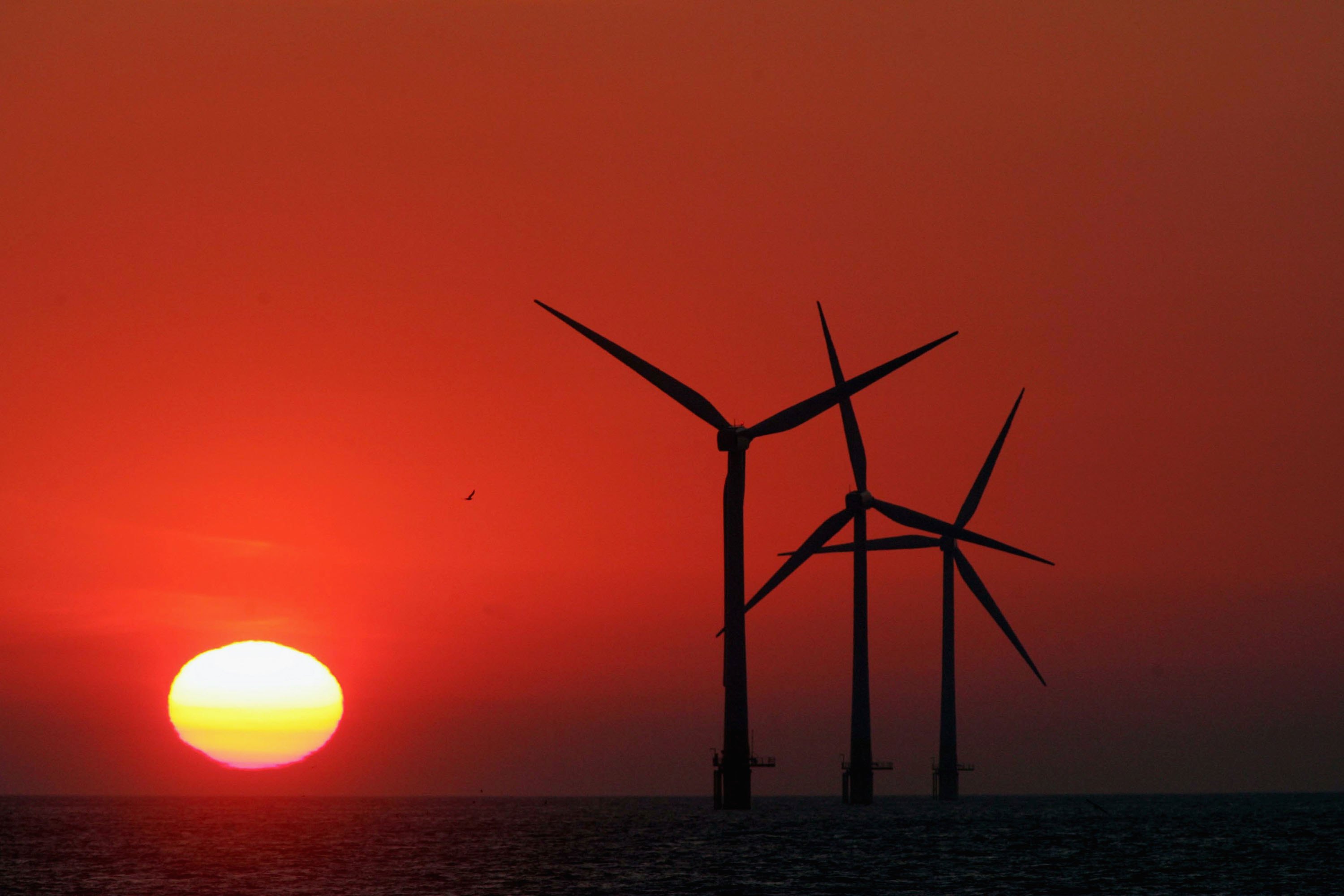UK government admits renewables are cheaper than Hinkley

So that’s that.
What was announced a couple of weeks ago has been confirmed by the UK government this afternoon: the nuclear project at Hinkley Point is going ahead as planned.
After the contract was signed by all involved – basically the British, French and Chinese governments – it was *finally* released for the world to see.
Kind of.
Hinkley Point C contract signed. Here it is, all 451 pages of it, with redactions:https://t.co/LVKF659wqx pic.twitter.com/iudMn2pK2E
— Simon Evans (@DrSimEvans) September 29, 2016
Redactions aside, there were a few eye-catching statements in the document dump.
Most startling perhaps was the UK government admitting that the renewable energy alternatives to Hinkley could, in fact, be cheaper.
OFFICIAL: UK government admits renewable alternatives to Hinkley C would be cheaper.https://t.co/K9evFTKEWc pic.twitter.com/EC7bB5kI4b
— Simon Evans (@DrSimEvans) September 29, 2016
In its ‘Value for Money’ assessment, the government states that power from Hinkley Point C “is within the range of the costs of alternative large-scale low-carbon generation technologies in the 2020s”.
Though it does kind of contradict itself further down the page, the government says the £92.50 per MWh consumers will pay for Hinkley power is cost competitive with offshore wind (which could be as cheap as £81) and considerably more expensive than large scale solar (£65-92) and onshore wind (£49-90).
It essentially disqualifies the latter two by claiming the grid would need upgrading and balancing costs to be taken into account.
But it has no such defence for offshore wind.
The Committee on Climate Change, which advises the government, estimates that ‘balancing costs’ for offfshore wind amounts to roughly £7 per MWh.
And that’s not mention that, with offshore windfarms in Denmark and the Netherlands already far cheaper than £81, the government’s post-2020 projections look awfully expensive.
According to previous statements from ministers, offshore wind is well on track to hit its £100 per MWh target by the end of the decade so I don’t know where that £132 per MWh comes from.
The figures for offshore (up to £132/MWh) and onshore wind (up to £90/MWh) look very high.
— Richard Howard (@UKenergywonk) September 29, 2016
HT Simon Evans, whose Twitter timeline is so important on days such as this

